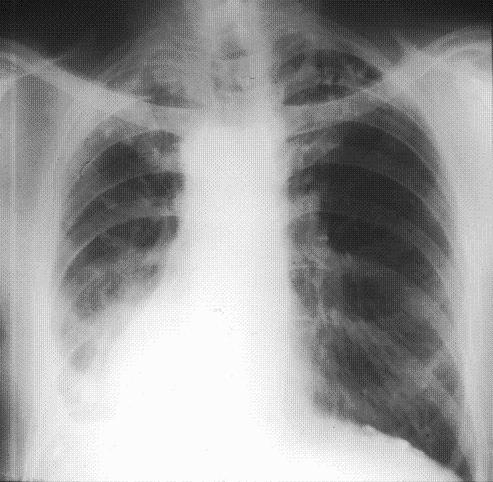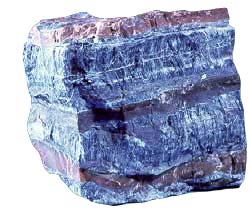Asbestos Exposure
There are a number of respiratory conditions that are caused by the inhalation of asbestos fibres. The type of disease that develops depends on the duration of exposure and the amount and type of asbestos inhaled. There are several steps that can be taken in the workplace to help prevent exposure to asbestos and reduce the risk of developing diseases related to asbestos exposure.

What is asbestos?
Asbestos is a naturally occurring fibre which is highly resistant to methods of destruction. It is widely used in roofing, insulating and fireproofing. It is mined in southern Africa, Canada and Eastern Europe.
Types of asbestos include:
- Chrysolite (90% of asbestos) is a white fibre which is softest and less fibrogenic.
- Crocidolite (6%) is blue asbestos which is particularly resistant to chemical destruction. It is resistant to destruction by immune cells in the body and is the type of asbestos most likely to causes asbestosis and mesothelioma.
Exposure to asbestos occurs in asbestos mining and milling industries, construction, fireproofing and other industries. Exposure previously occurred particularly in shipping yards and power stations, and the family of workers would be exposed by particles brought home on the workers’ clothing. The ubiquitous use of asbestos in the past means that low levels of exposure are common, and while exposure is now regulated, workers can still be exposed in the course of demolition and replacement of insulation. There is also a lag time of up to 20-40 years between exposure and development of disease.
Diseases caused by asbestos
- Asbestosis (a type of pulmonary fibrosis)
- Pleural diseases including pleural plaques, pleural effusions, pleural thickening.
- Mesothelioma (lung cancer almost exclusively associated with asbestos exposure).
- Asbestos-related lung cancers such as small cell and non-small cell cancers (the risk is increased further with cigarette smoking).
Preventing exposure to asbestos
Safety regulations are now in place to help reduce exposure to asbestos and hence the development of these conditions. The National Occupational Health and Safety Commission Code of Practice for the Safe Removal of Asbestos provides guidance on the safe removal of asbestos and asbestos-containing material from buildings and structures, plant and equipment, and vehicles (see their website, available at www.nohsc.gov.au, for copies of these guidelines). Asbestos containing materials can release fibres into the environment whenever they are disturbed, which may include drilling, boring, cutting, filing, brushing, grinding, sanding, breaking, smashing or blowing with compressed air. Other events that can lead to release of fibres containing asbestos include removal of asbestos containing materials from the workplace and renovation or demolition of buildings containing such materials. Personal protective equipment including masks and special clothing should be worn when contact with asbestos in the above situations occurs. Detailed regulations on the removal and handling of asbestos containing materials are available from the government website given above.
Steps to help reduce the risk of asbestos exposure in the workplace:
- Identify asbestos containing materials.
- Adopt work measures that prevent or minimize release of asbestos fibres into the air.
- Wear personal protective equipment including masks and clothing.
References
- King, T. Asbestosis. 2005. UpToDate.
- Kumar, P. Clarke, M. Clinical Medicine. 5th ed. 2002. WB Saunders.
- National Occupational Health and Safety Commission. Code of practice for the safe removal of asbestos. 2nd ed. 2005. Available at: http://www.nohsc.gov.au/PDF/temp/SafeRemovalCodeofPractice.pdf
Dates
Tags
Created by:

 Login
Login














